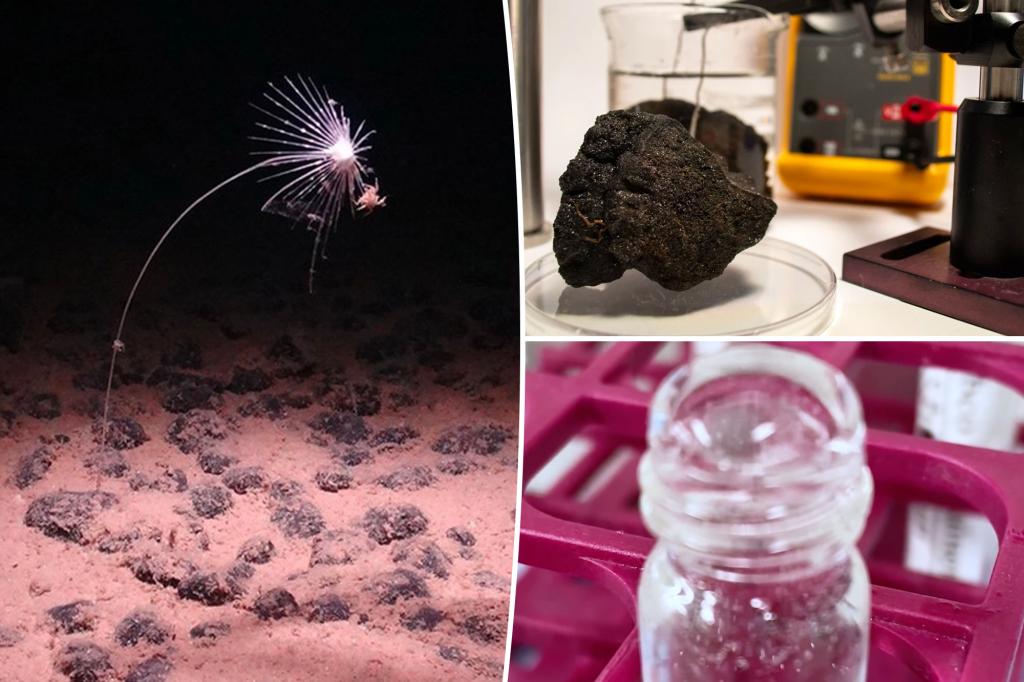The secret behind life on Earth may be deeper than we thought.
Scientists have discovered that metal nodules on the ocean floor produce oxygen in total darkness without the help of living organisms, which could further our understanding of the origins of life.
This eye-opening revelation was revealed in a groundbreaking study in the journal Natural geoscience.
“I think we need to look at questions like: where could aerobic life (life that requires oxygen) have started?” study lead author Andrew Sweetman, professor of seabed ecology at the Scottish Association for Marine Science (SAMS) in Oban, UK, said in a statement.
Sweetman and his team discovered the phenomenon, called “dark oxygen,” by accident when they sampled the ocean floor over 13,000 feet down in a 1.7 million square kilometer of ocean floor between Mexico and Hawaii.
They had originally set out to assess the effects of mining the previously mentioned lumps of metal, including cobalt, nickel and rare earths such as cerium (an important component in some electronics).
But while scanning the sea floor, the sensors detected mysterious oxygen emissions originating in the area.
This phenomenon seemed impossible given that the area was too deep for light to penetrate and therefore promote photosynthesis – the process by which plants and other organisms convert water and carbon dioxide to oxygen and energy.
However, this discovery marked the first time that scientists had observed oxygen being generated without the involvement of organisms.
Sweetman was so stunned by the discovery that he “at first thought the sensors were faulty.”
“Every study ever done in the deep ocean has only seen oxygen being consumed rather than produced,” said the shocked researcher, who sent the equipment back to the manufacturer for testing, only to have them confirm it was working fine.
Sweetman determined through subsequent experiments that the metallic nodules create this “dark oxygen” through a process called seawater electrolysis.
This occurs when seawater splits into oxygen and hydrogen in the vicinity of an electrical charge, which in this case is provided by the highly charged metal ovals as a water battery.
“Only a voltage of 1.5 V is needed for seawater electrolysis to occur – the same voltage as a typical AA battery,” the authors wrote in the statement. “The team analyzed several nodules and recorded readings of up to 0.95 volts on the surface of some, meaning significant voltages can occur when the nodules are clustered together.”
In other words, nature is so metal.
Ultimately, Sweetman believes the discovery could challenge our understanding of how life on Earth began about 3.7 billion years ago.
“For aerobic life to begin on the planet, there must be oxygen, and our view has been that Earth’s oxygen supply began with photosynthetic organisms,” he said. “But we now know that oxygen is produced in the deep ocean, where there is no light.”
This revelation also raises concerns about the potential environmental consequences of harvesting the metal nuggets, which could provide a crucial source of oxygen for these deep-sea environments.
#Discovery #dark #oxygen #bottom #Pacific #Ocean #amazes #scientists #rewrite #origin #life
